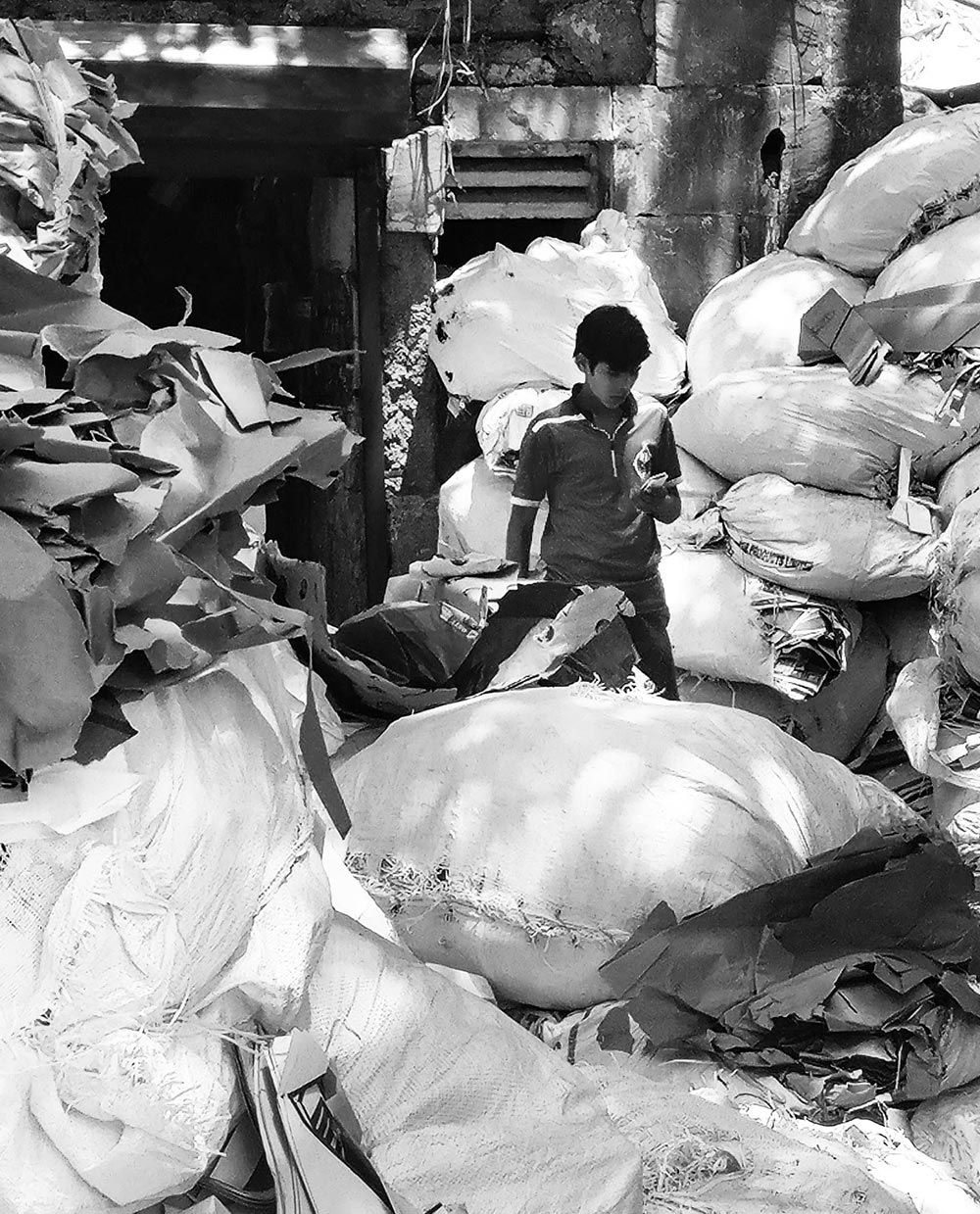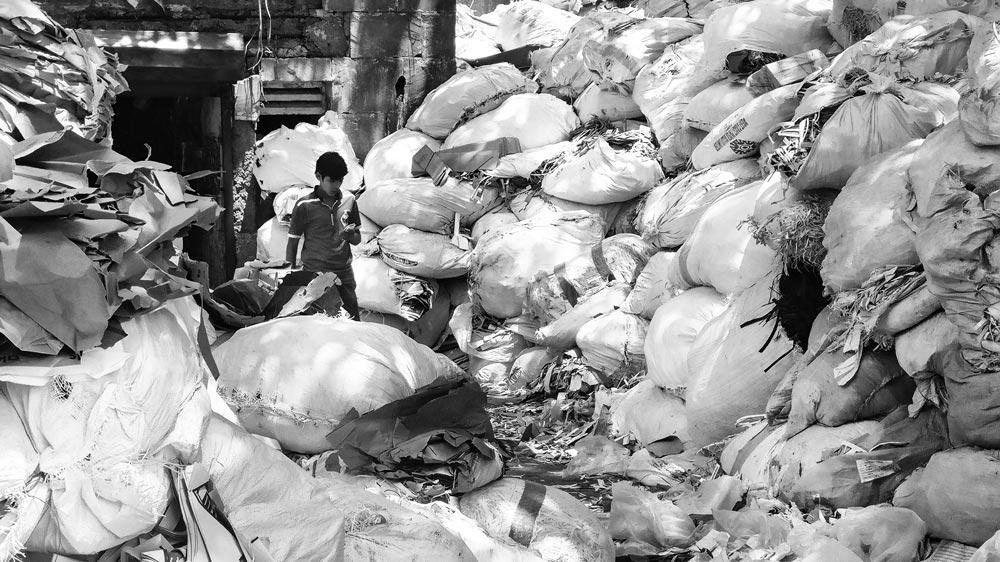Dumpster Diving: India and abroad


Photo by Yogesh Pedamkar on Unsplash
Sometimes, one man’s trash can really be another’s treasure.
Whether it’s out of necessity or choice though, can really differ depending on where you are in the world.
What I am referring to is dumpster diving, and by definition, it involves foraging through trash as a way of life. In the west, the freeganism lifestyle is a movement, while here at home, in India, landfills are where many slums operate, providing abandoned spaces and a source of income to its dwellers.
Lauren Freyer wrote a piece on “A Day’s Work On Delhi’s Mountain of Trash,” published on NPR, where she covered her observations on the Ghazipur landfill in Delhi, “A slum of trash pickers has cropped up alongside the Ghazipur landfill, gleaning a living from it — or just barely. They scavenge plastic to sell to recycling plants.” And we all know that this is just one example of such a community built on our trash– most of us have seen numerous slums built either on or very close to almost every landfill throughout our cities.
“Durga, her husband Saudagar and their four children are among the hundreds of mainly migrant workers who earn a meager living at the landfill by collecting recyclable material like plastic, metal and even hair to sell,” wrote Atish Patel in “India’s waste pickers brave landfills to live,” published on Reuters.
What makes this kind of living exceptionally difficult is the toxicity. “The health problems related to various emissions from landfills include high PM10 exposure, breathing problems, bacterial infections, asthma, elevated cardiovascular risk, and other infections,” says Aditee Das in her article, “Indian landfill: The Ultimate Trash Kingdom,” published in The Times of India, in 2020. But despite the unfavorable conditions of living, too many families end up not only living on but also off such landfills.
Why? They often don’t have a choice. It’s a way to survive. Simply because of the lack of other means of income– “Most of India’s recycling happens like this,” says Freyer, where the “poorest of the poor” are most often sorting through our trash at the landfill.
On the other side of the world, freeganism is a growingly popular lifestyle choice. Take this example in New York. According to Harmon Leon in his article, “High- End Dumpster In the Upper West Side,” published on Vice, “Freeganism isn’t just for poor people or anti-capitalists. People who want the finer things in life (for free) will also dig through the trash for them.” Leon also mentions that the culture of freeganism has existed since the 90s, where a movement driven by anti-consumerism came about. Most freegans aren’t necessarily poor– their methods help save some money that can be spent or splurged elsewhere.
Take a look at another example in Scotland. In an article written by Bethany Perkin, “Freegan freshers: the students making savings by living off wastes,” published in The Guardian, Perkin outlines students studying at university in Edinburgh, “Some students say they are swapping supermarket shelves for backstreet bins, so that they can save money and help the environment.” All in all, in the west, dumpster diving exists not only as a form of protest but can also be a fruitful economical decision.
It is interesting to compare the fate of our trash and landfills in different parts of the world. The stark contrast between dumpster diving as a necessity vs. a choice is honestly, a bit heartbreaking.
Maybe this will help us reflect on our own waste, how much of it we create, where it came from and where it’s going.
Do I have a solution to bridge this inhumane gap? No, not yet.
But maybe, just you reading this, can be the first step.


